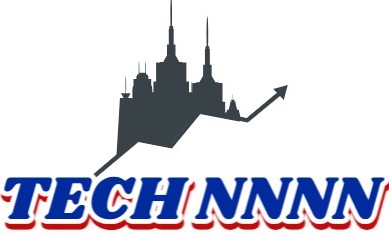Framework for Cross-Functional Teams 3510427307

The “Framework for Cross-Functional Teams 3510427307” offers a structured approach to enhance collaboration across diverse skill sets. By defining roles and establishing communication protocols, organizations can tackle complex challenges more effectively. This framework not only fosters innovation but also cultivates agility in response to market needs. However, its successful implementation requires careful navigation of potential obstacles. Understanding these dynamics is crucial for maximizing the framework’s benefits and ensuring sustained organizational growth.
Understanding Cross-Functional Teams
Cross-functional teams represent a strategic approach to collaboration, integrating diverse skills and expertise from various departments within an organization.
This structure enhances team dynamics, fostering a collaborative culture that encourages innovation and shared problem-solving.
Key Benefits of the Framework
Numerous advantages stem from the implementation of cross-functional teams within an organization.
These teams foster team synergy, allowing diverse skill sets and perspectives to converge, ultimately enhancing collaboration.
By breaking down silos, organizations can leverage collective strengths to address complex challenges, drive innovation, and improve decision-making processes.
As a result, the framework cultivates an environment that promotes agility and responsiveness to evolving market demands.
Essential Components of the Framework
The effectiveness of cross-functional teams hinges on essential components that facilitate collaboration and productivity.
Clear role definitions ensure that each team member understands their responsibilities, while effective communication channels promote the exchange of ideas and information.
Together, these elements create a robust framework that enhances team dynamics and drives successful outcomes.
Clear Role Definitions
Clear role definitions serve as the backbone of effective cross-functional teams, ensuring that each member understands their specific responsibilities and contributions to the collective goal.
This role clarity facilitates optimal responsibility allocation, allowing team members to operate with autonomy while remaining aligned with overarching objectives.
Effective Communication Channels
Effective communication channels are crucial for the success of cross-functional teams, as they facilitate the exchange of information and ideas among diverse members.
Utilizing digital collaboration tools enhances connectivity and transparency, while robust feedback mechanisms ensure continuous improvement.
Implementing the Framework in Your Organization
Implementing the framework of cross-functional teams requires a clear definition of team objectives to ensure alignment and focus.
Additionally, fostering an environment of open communication is essential for collaboration and innovation among diverse team members.
Defining Team Objectives
Establishing team objectives serves as a foundational step in the successful execution of cross-functional projects within an organization.
To ensure team alignment and objective clarity, consider the following:
- Define measurable goals that resonate with all team members.
- Foster a shared vision to unify diverse perspectives.
- Regularly review progress to adapt objectives as needed.
This strategic approach enables teams to operate cohesively and effectively.
Encouraging Open Communication
How can organizations cultivate a culture of open communication within cross-functional teams?
By fostering active listening and establishing robust feedback loops, organizations can create an environment where diverse perspectives flourish.
Encouraging team members to share ideas freely not only enhances collaboration but also drives innovation.
This strategic approach empowers individuals, promoting a sense of ownership and accountability, ultimately leading to higher team performance and satisfaction.
Overcoming Common Challenges
Although cross-functional teams offer significant potential for innovation and efficiency, they often encounter challenges that can hinder their effectiveness.
Addressing these obstacles requires strategic approaches to enhance team dynamics and facilitate conflict resolution.
Key strategies include:
- Establishing clear roles and responsibilities
- Fostering an inclusive environment for diverse viewpoints
- Implementing structured conflict resolution processes
Measuring Success and Continuous Improvement
Measuring success in cross-functional teams involves assessing not only the outcomes of their projects but also the processes that contribute to those outcomes.
Effective evaluation requires establishing performance metrics that reflect both individual and team contributions.
Implementing feedback loops fosters continuous improvement, enabling teams to adapt and refine strategies collaboratively.
This approach encourages innovation and empowers team members, ultimately enhancing overall performance and satisfaction.
Conclusion
In a world where silos are as popular as overpriced lattes, the “Framework for Cross-Functional Teams 3510427307” emerges as a beacon of hope, promising to unite disparate talents and foster collaboration. By meticulously defining roles and enhancing communication, it offers a strategic remedy for organizational chaos. However, one must wonder if true agility can thrive amid bureaucratic red tape. Ultimately, the framework serves as both a guide and a gentle reminder that teamwork is sometimes more art than science.




